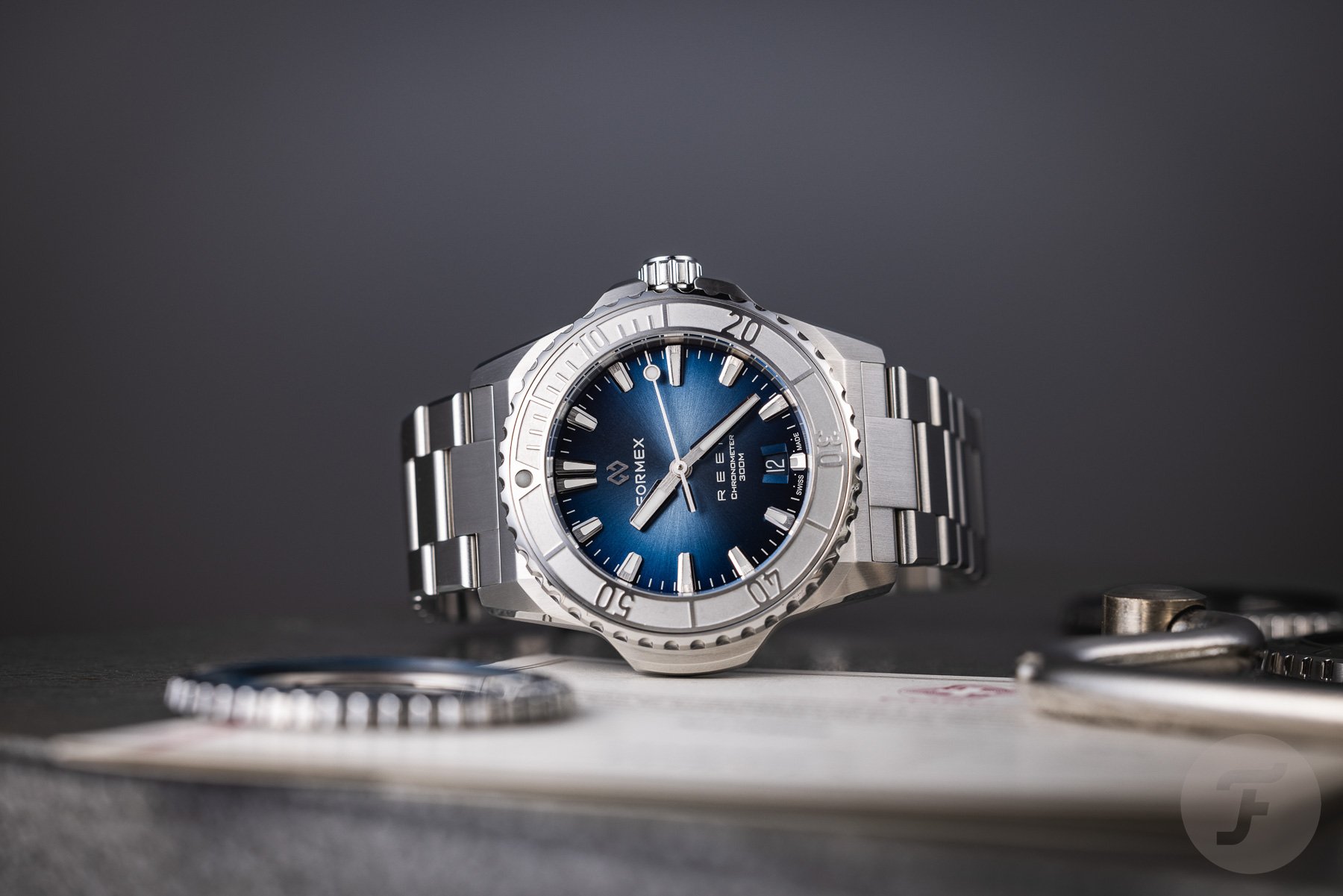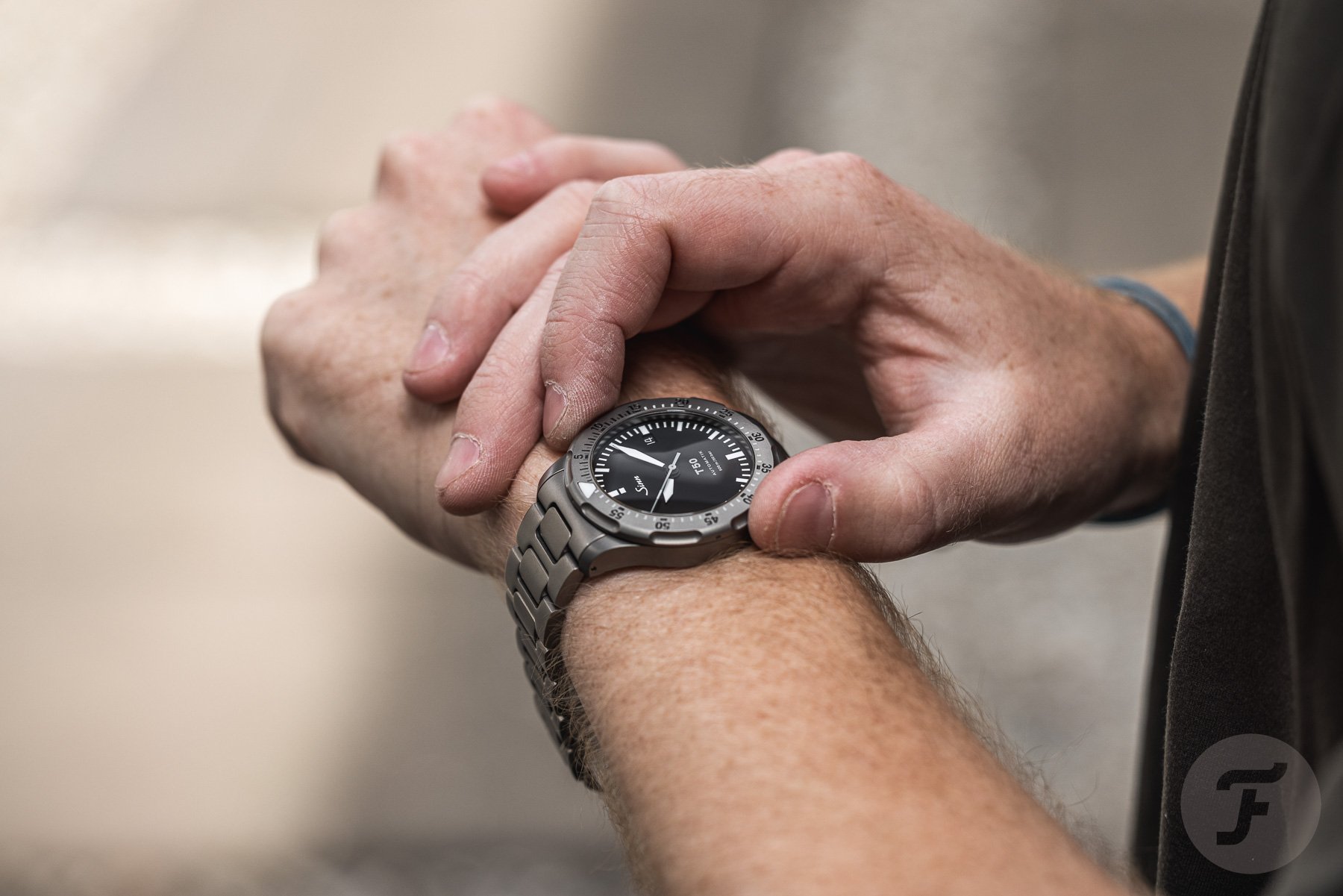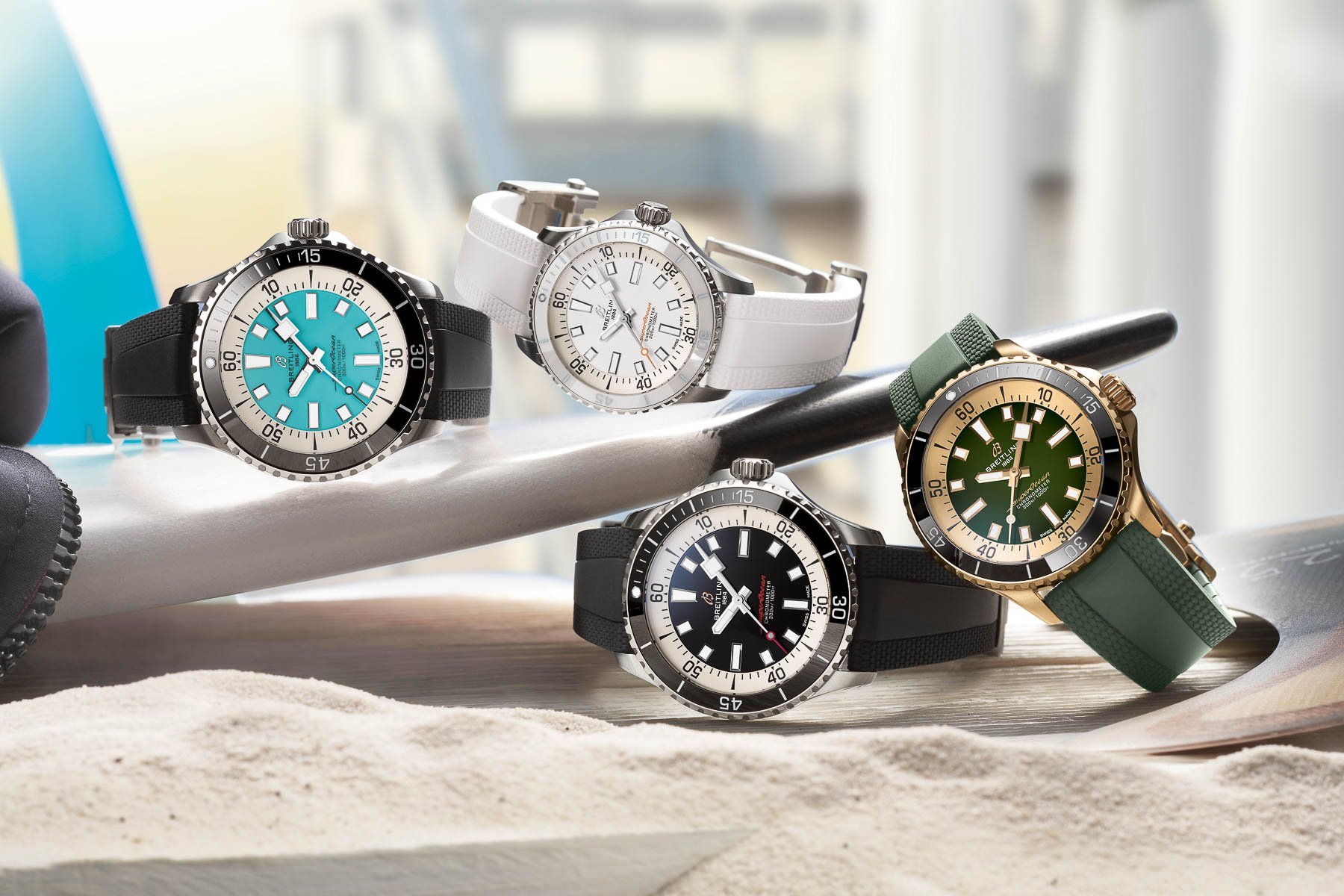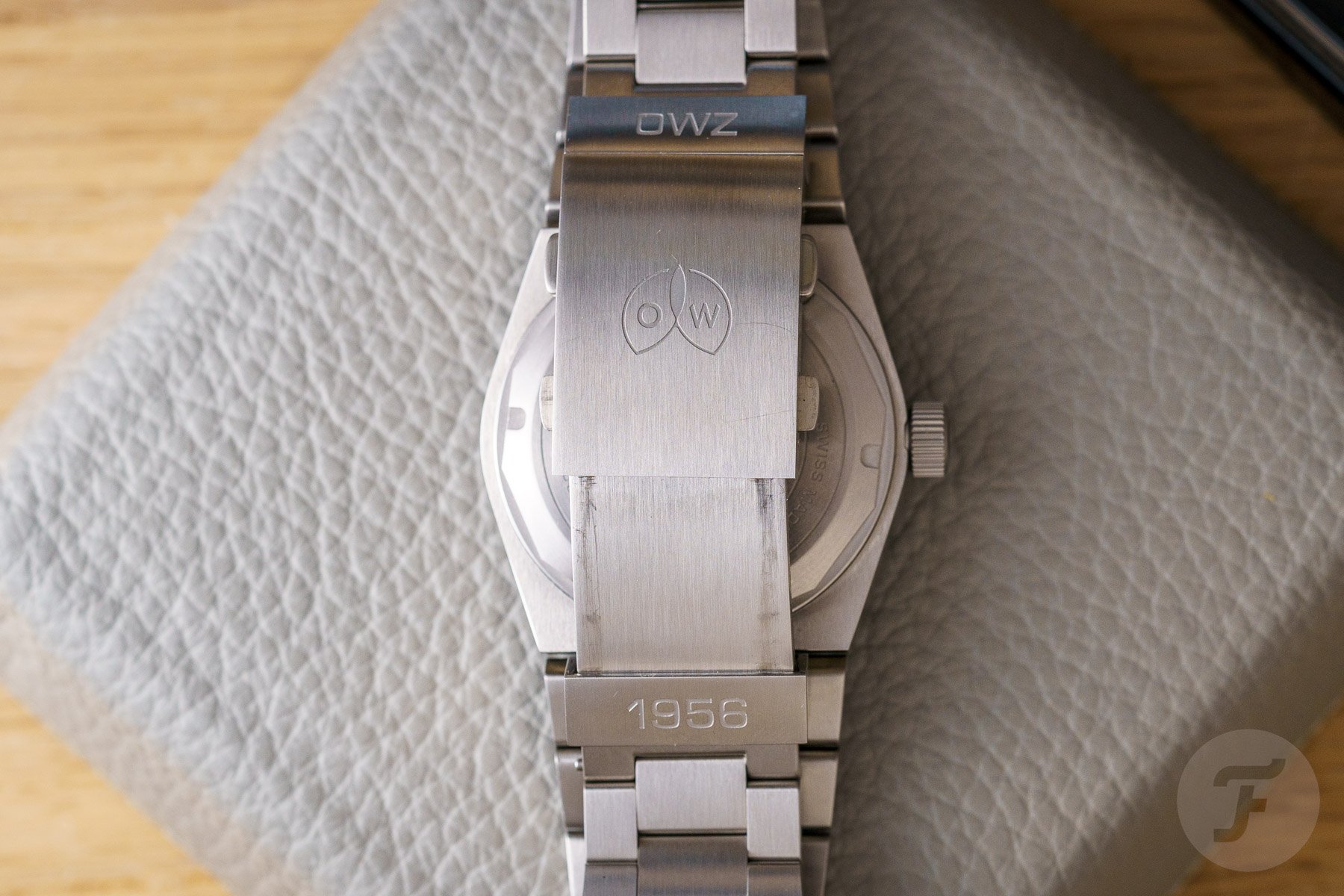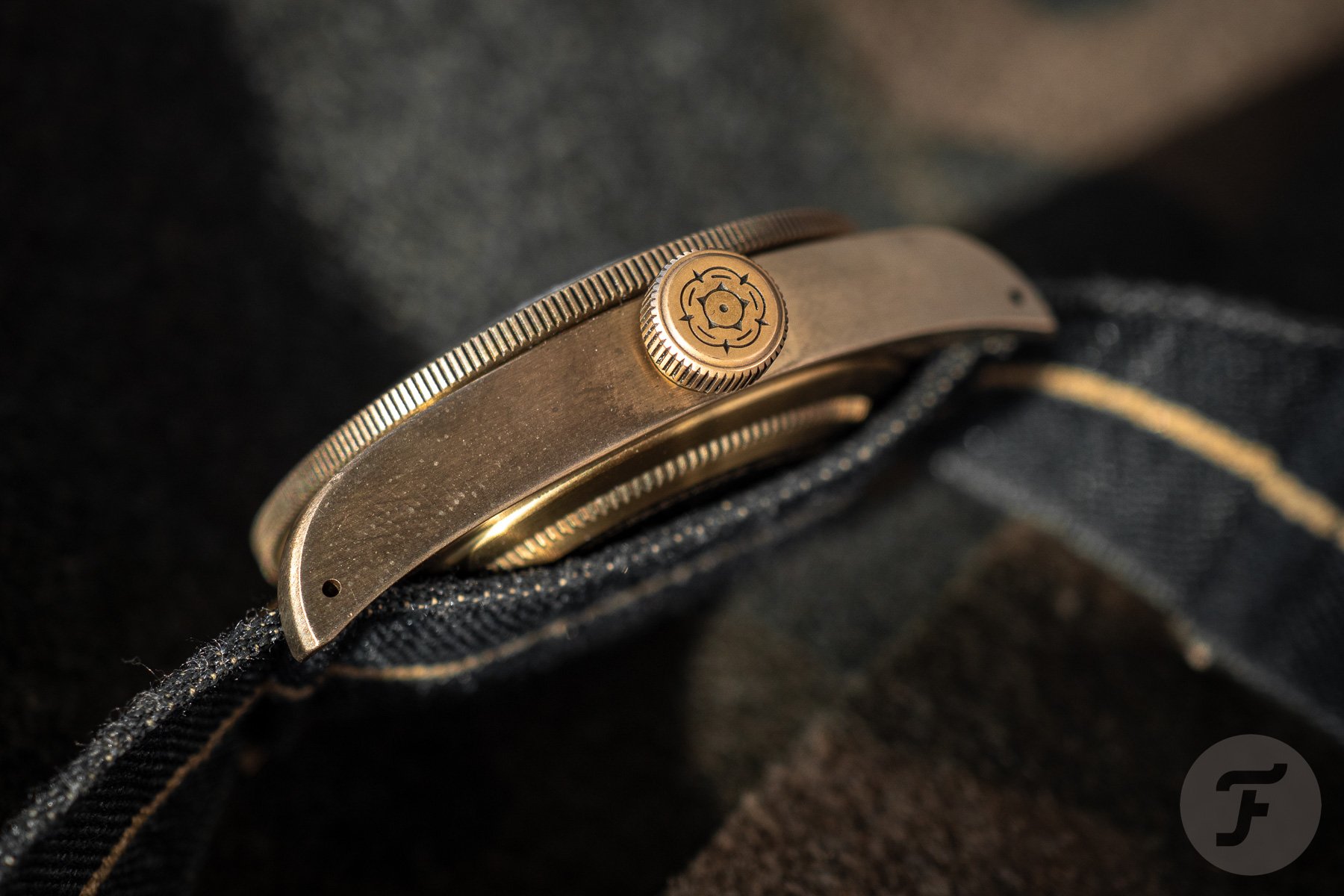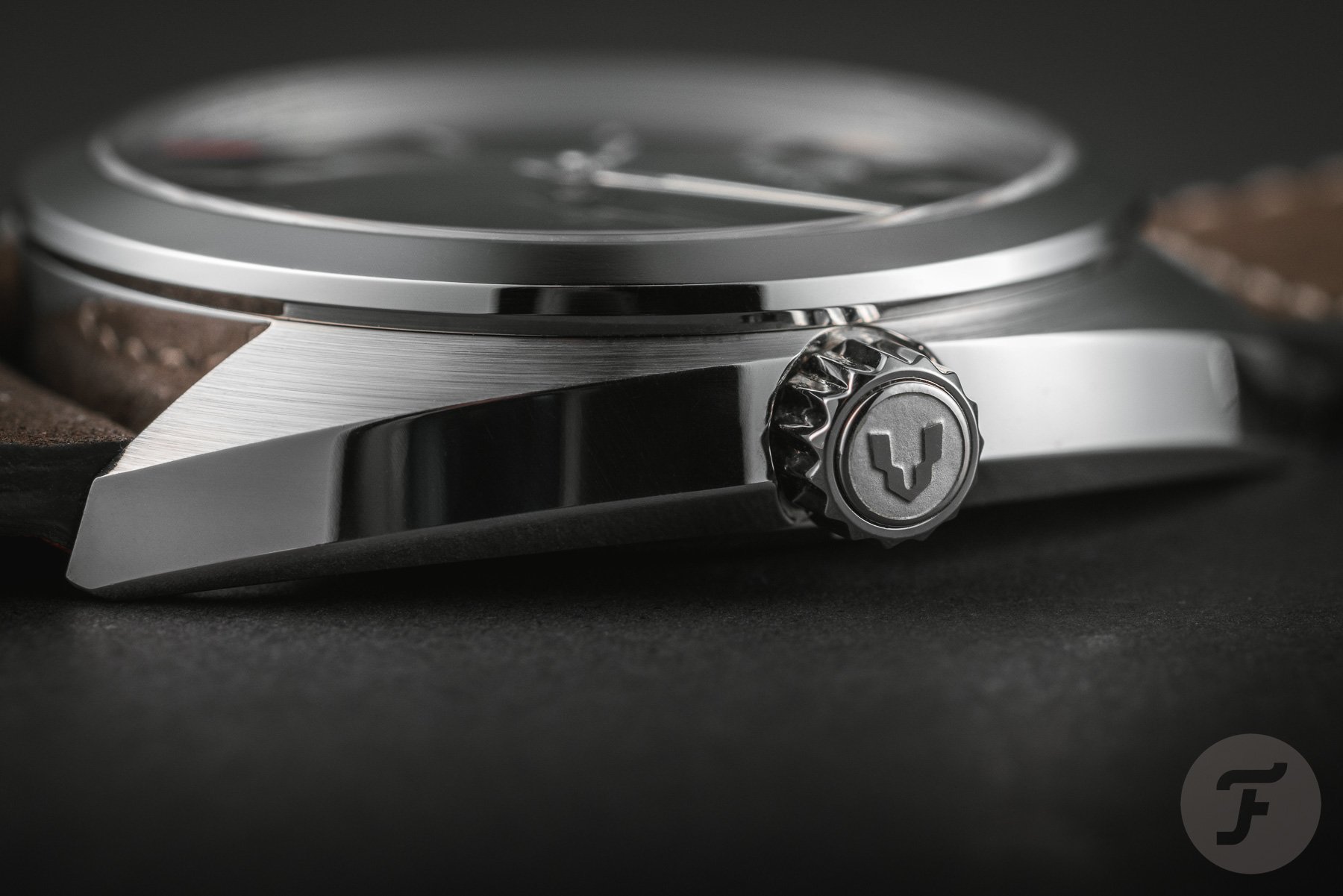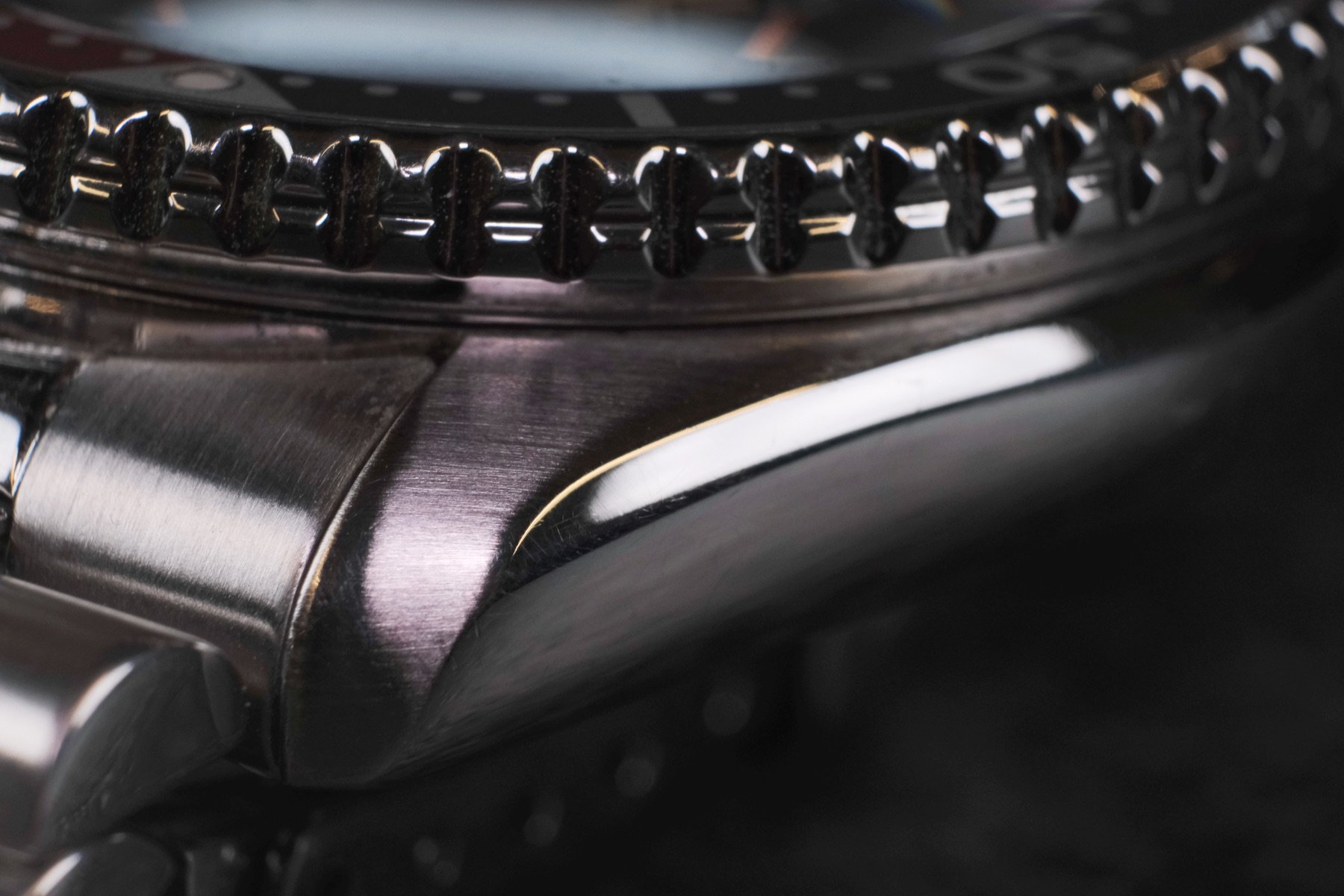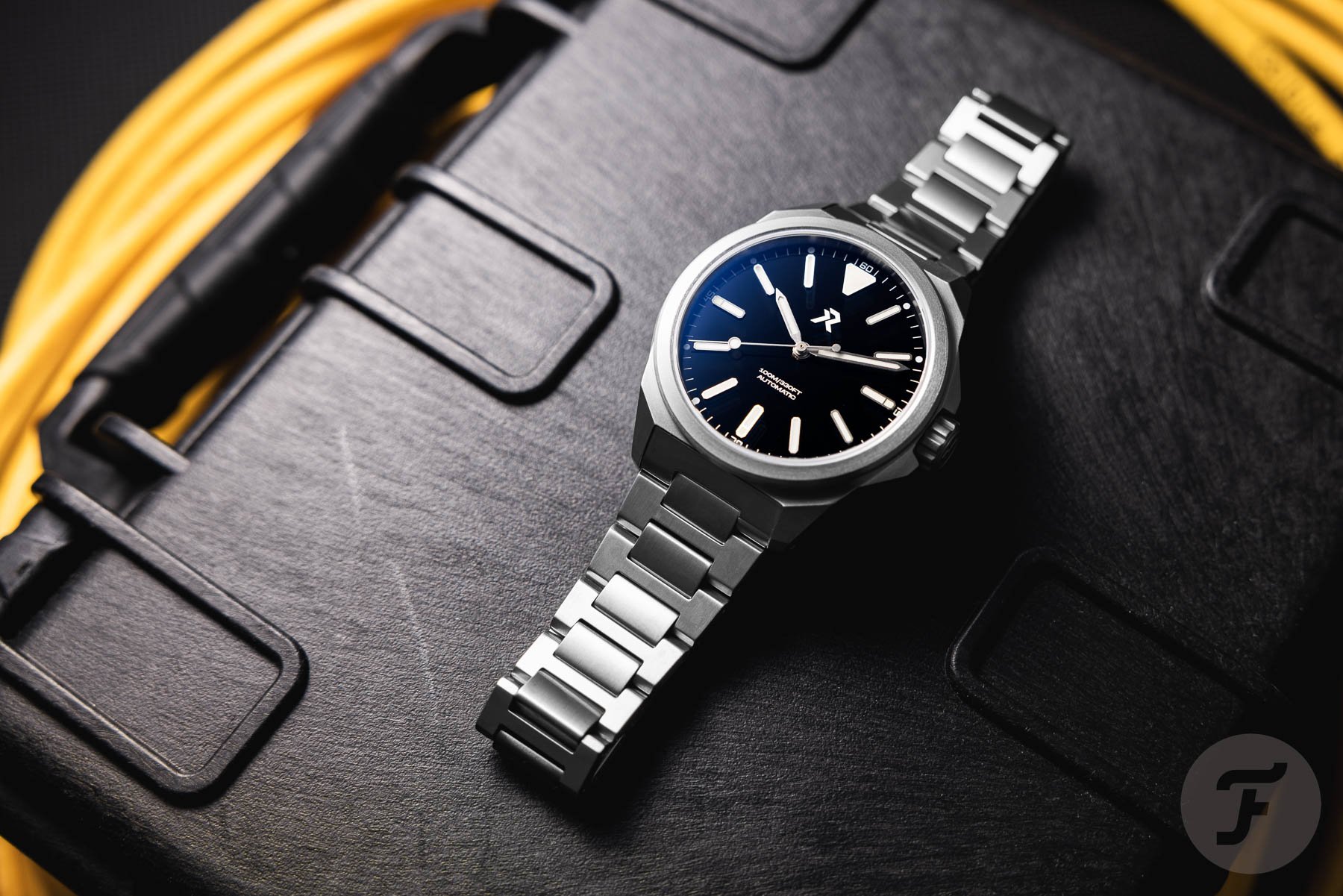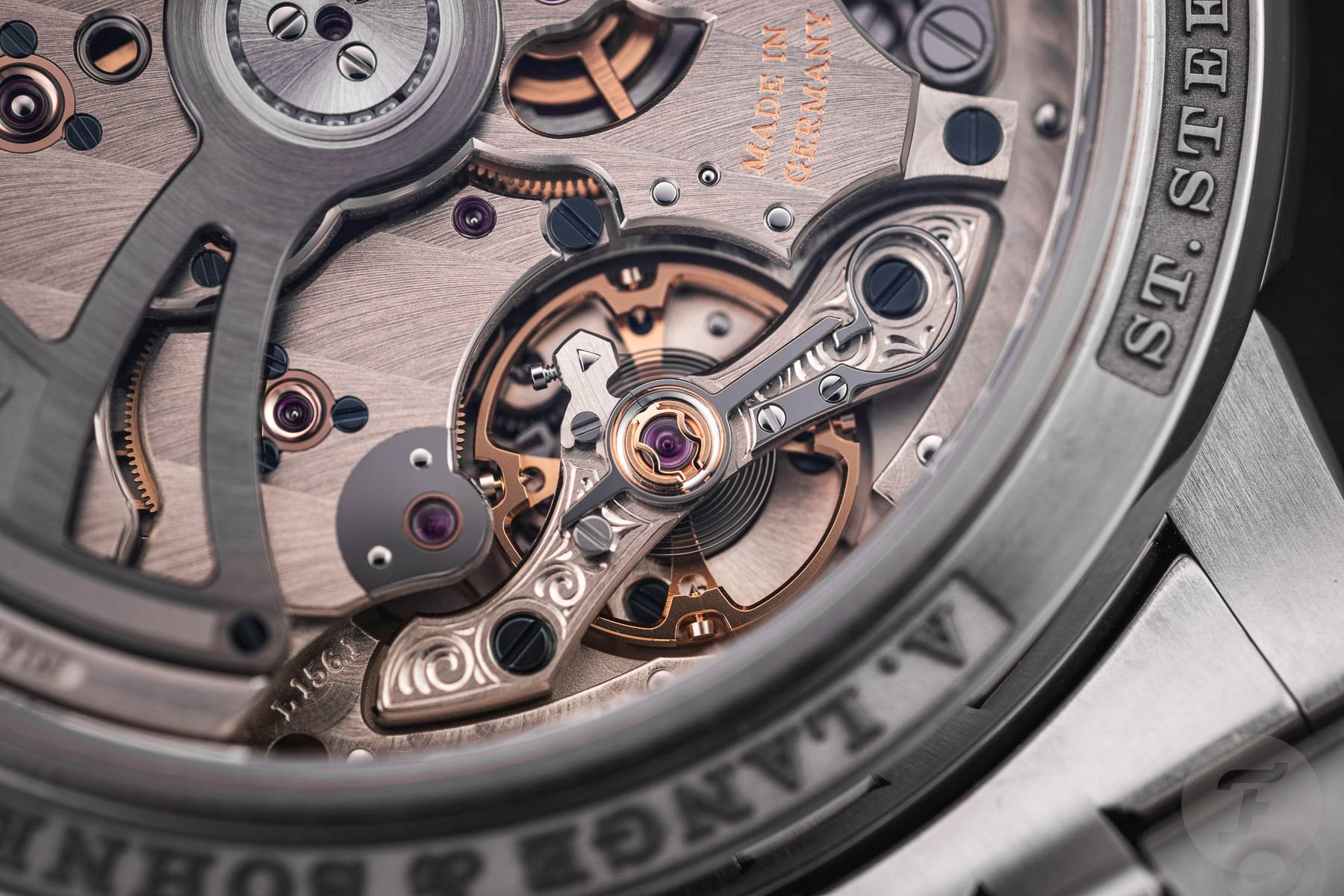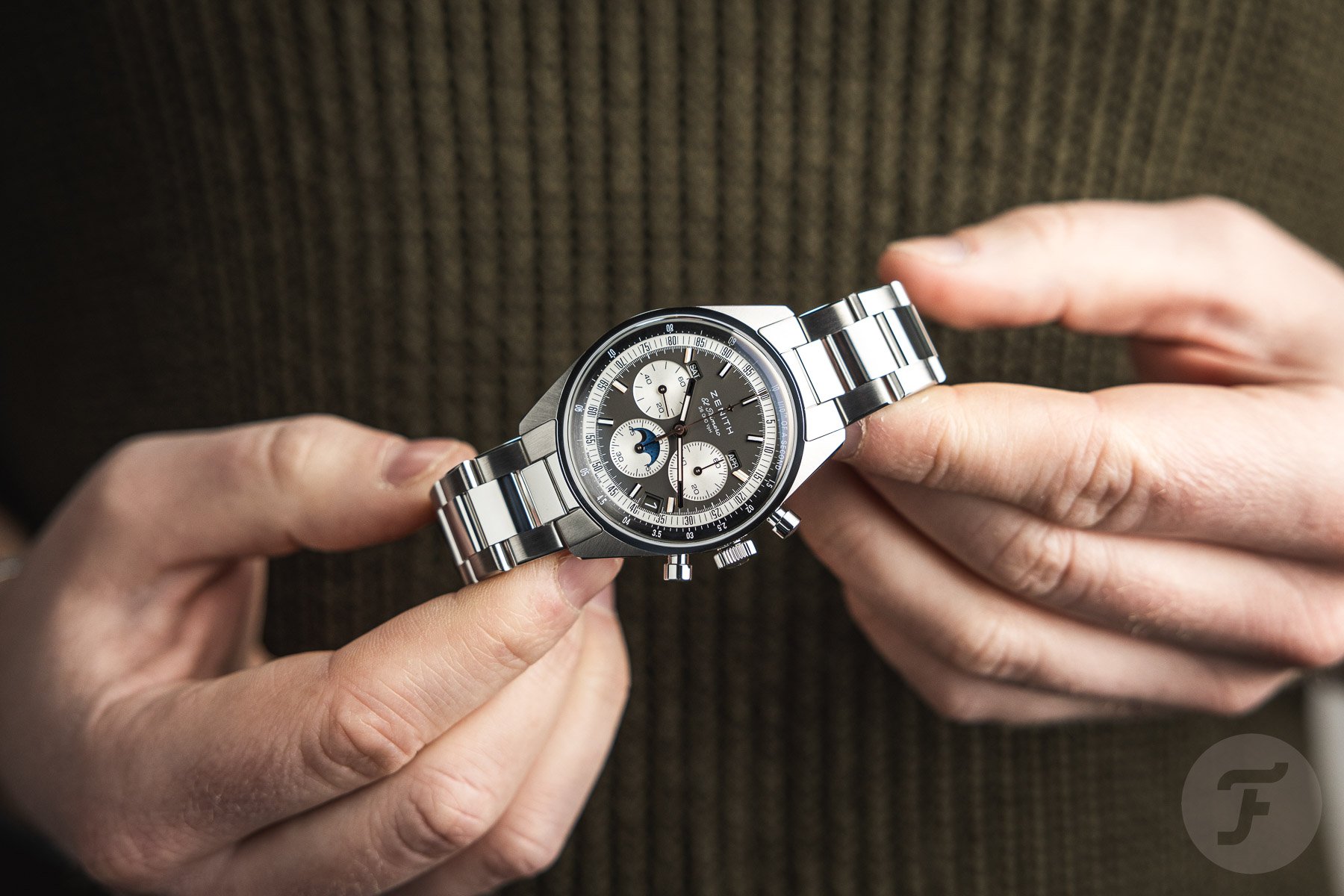Back To Basics: How To Tell If A Watch Is Good
In this installment of Back to Basics, we will go into a seemingly simple question that has a deceptively hard answer. How do you tell if a watch is good? As always, this article is aimed at newcomers to the watch hobby, but I see many veterans still struggle with this too. We see watches with very similar specs but sometimes with prices orders of magnitude apart. Sometimes that is justified, and sometimes it isn’t. But how do you tell? What are the giveaways that show you whether you are dealing with a quality watch?
As always with Back To Basics, I would like to invite you to share any of your additional insights in the comments below. These articles are to help newcomers find their footing, and some crowd-sourced wisdom can only accelerate that process.
Specs as a starting point to tell if a watch is good
Specifications matter, especially on the lower end of the spectrum. As you move from fashion watches to “serious” watches, you will see certain specs emerge at different price points. The first thing you will often see is a sapphire crystal rather than a mineral one. You may see greater water resistance and “luxury” features like quick-release straps and micro-adjustable clasps.
In terms of the movement, specifications like accuracy, power reserve, and service interval tend to get better with more expensive watches. But you may already spot the problem here. You can buy a chronometer-certified watch with a sapphire crystal, great water resistance, and quick-release and micro-adjust everywhere, for less than, say, €1,500. If you don’t mind homage designs, you can find most of these features at even lower prices.
So, with all those spec boxes ticked, what else could one desire? Some would argue, “Nothing!” And they can make a pretty solid case for that. Still, to label anything in higher segments as “inflated” would not be right. Some watches tick none of those spec boxes but are still fully worth €10,000 or more. So, beyond the spec list, how do we tell if a watch is good?
The caliber tells you only so much when evaluating whether a watch is good
No matter how recently you entered the watch world, I am sure you have come across comments like “You can get that caliber at half the price!” or “Considering it has an ETA caliber, it is overpriced.” The movement is a very popular proxy for a watch’s quality and, more commonly still, a watch’s value for money.
This is based on the notion that the caliber is often the most expensive component or subassembly of a watch. In that sense, it works as a rough indicator of whether a watch is good and whether it is good value. Unfortunately, this isn’t a given. There are extremely high-quality watches built around affordable movements. In watches like these, the caliber isn’t nearly the most costly part. Equally, there are very poorly built watches housing very high-end movements.
Simply put, there isn’t one reliable shortcut or proxy for judging whether a watch is good. You will need to develop an eye and a feel to make the call. There are certain things you can look for. Let’s explore a couple.
Generic parts versus custom parts
On the more affordable end of the spectrum, you will find watches mainly consisting of generic parts. This is sometimes easy to tell when you see clear mismatches, such as hands that are noticeably too short/long for the dial, bracelets that don’t quite match the case in hue and/or finish, unsigned crowns, etc. At the lowest end, you just get white-label generic watches or customized watches compiled of catalog parts.
As you move up into higher segments, you should see more and more design-specific custom parts. Do these make a watch better? Well, I would argue that they do. They allow for the design to be more congruent, unique, and detailed. You often don’t see it directly, but the watch tends to feel more cohesive.
You can often tell by little details. For example, does the knurling on the crown correspond to the knurling on the rotating bezel? Are the end links awkward bridges between a case and bracelet that don’t quite match otherwise? Do materials that are supposed to be the same actually look the same in hue and texture?
Machining and finishing show if a watch is good
This is perhaps the most important and misused element in determining whether a watch is good. At the lower end, you will find watches with rather big tolerances in machining precision. This is hard to quantify afterward, but, when you have them in your hand, you can instantly feel that such watches aren’t solid. When all tolerances are tight, a watch feels solid like a pebble.
Finishing refers to the surface treatments the watch has received. Manufacturers can save money by applying simpler finishes, such as a fully polished case. But machines can also cheaply apply mixed finishes. I always use the beloved Seiko SKX as an example. Its lugs are polished and brushed, but the transition is vague, and the brushing is cloudy. As you move to higher-end watches, you will see more intricate finishing with alternating directions, razor-sharp transitions, and deep, tactile brushing paired with mirror-like polishing. This can still be done fully automated or by hand.
Because machining tolerances and finishing are hard to specify, people often struggle to evaluate them. I regularly see them used to justify people’s liking or disliking of a watch without much correspondence to the actual quality. Unfortunately, “more expensive” does not mean “better finished” either. I see extremely expensive watches with mediocre finishing quite often. I reckon this is because few people truly appreciate finishing, so it isn’t worth investing too much since it likely does not translate to significantly greater sales. If you want to dig deeper into finishing, have a look at my earlier article on the topic.
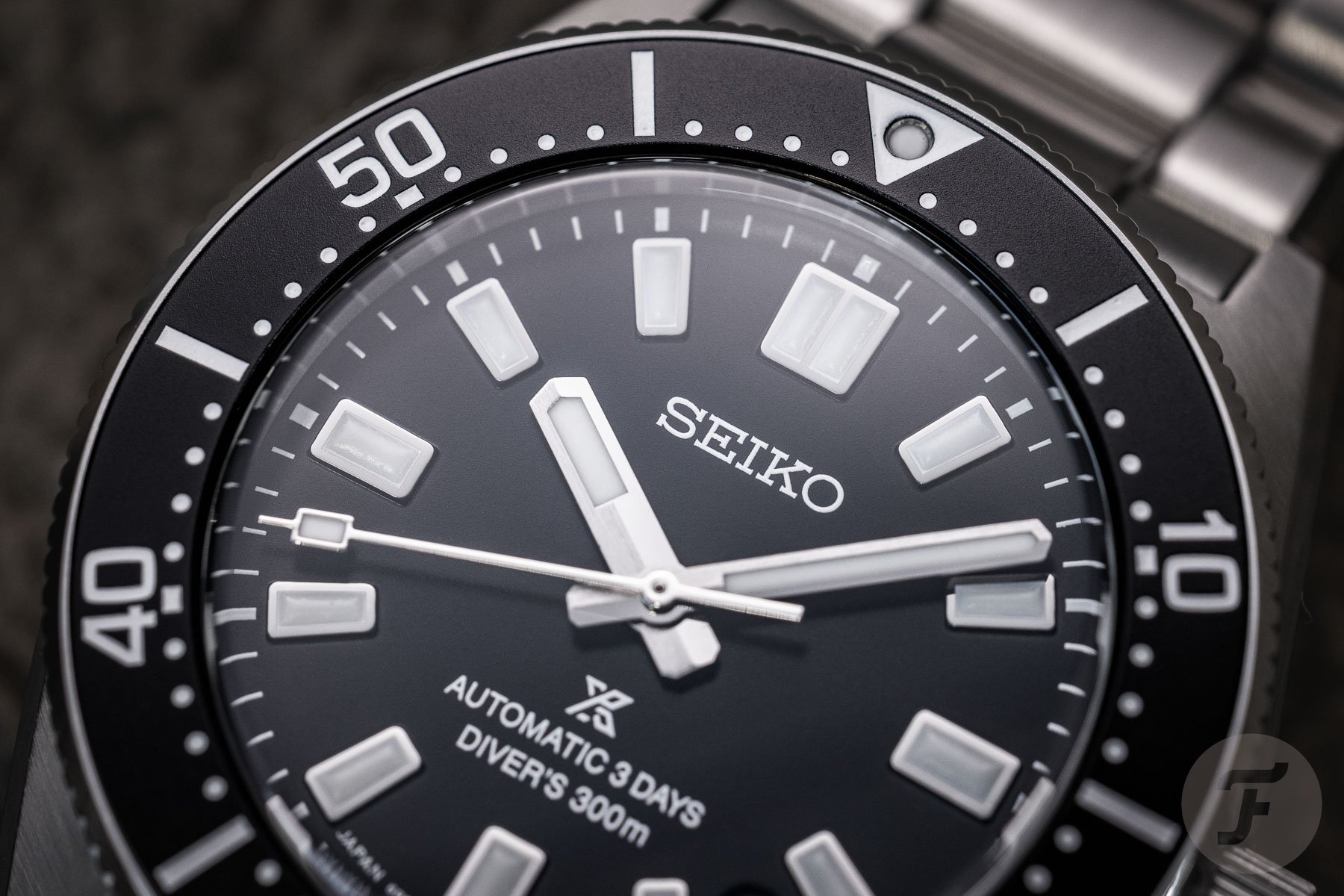
You may not immediately notice, but the hour markers on this Seiko SPB453 are stamped and then polished rather than applied
The little details that show whether a watch is good
There are tons of little details that make a world of difference, especially when added up. For instance, you will often see extremely tall hand stacks on lower-end watches, breaking the visual cohesion between the hands. A short stack of hands with a nicely capped central pinion is a great but costly refinement. So is a nicely dimensional or faceted hand set over a coarsely stamped, flat version.
Applied indices are another refinement that is sometimes cleverly faked on more affordable watches. You will see dials, such as that of the Seiko SPB453 pictured above, with the indices stamped into them and then polished. From a distance, these look applied, but up close, you see they are merely pressed into the dial from the back. Speaking of the dial, sharp printing and bright lume also indicate a well-made watch. On lower-end watches, Super-LumiNova is often diluted with cheaper materials, resulting in weaker luminescence.
Looking at bracelets, you will find folded links on very affordable watches. As you move into higher quality, you will see solid links, milled rather than stamped clasps, and thick screws in the removable links rather than one-piece pins, split pins, or pin-and-collar solutions.
The law of diminishing returns
Now, as you see, these refinements make a watch nicer without necessarily making it better at its job — telling the time. Also, every time you double your money, you don’t double the quality of the watch. The law of diminishing returns quickly kicks in. An €800 RZE watch is probably twice the watch that a €400 Main Street jeweler’s fashion watch is. But a €2,000 Oris isn’t over twice the watch again. It is significantly more refined, but you get diminishing returns as you move up.
So saying that a watch is “good” is a subjective matter. An A. Lange & Söhne collector is looking for entirely different things in a watch than someone looking for bang-for-buck spec monsters. To some, an Audi A3 is just an overpriced Volkswagen Golf. To others, the added refinement is well worth it. And we are still discussing two cars at roughly the same level there, but it gets even tougher as we compare offerings further apart.
Still, whatever your taste and niche, it is worth developing an eye for quality. If you know what to look for and know to look beyond the spec sheet, you can make more conscious decisions. How do you develop your eye? Well, I hope this little article is a nice starting point, but there is no substitute for handling tons of watches and critically looking at them up close. Get a good loupe and go up close and personal with as many watches as possible.
A watch is good if it makes you feel good
And then still, in the end, a watch is only as good as it makes you feel. I often say that anything fancier than a Casio F-91W is pure luxury. And, in luxury, you are looking for some kind of intangible experience that doesn’t necessarily allow itself to be rationalized. A technically better watch may not give you a better experience.
I have taken, for instance, two Seiko watches as examples of lower-quality features. Still, I love both watches. I own one and would happily wear the other too. In the end, I think you want to be able to judge quality objectively and then consciously dare to put it aside if you want to choose subjectively. After all, a watch is only as good as it makes you feel.
What other ways can you tell whether a watch is good? I am sure there are tons of tells that I forgot to mention here. Please do share them in the comments below!

